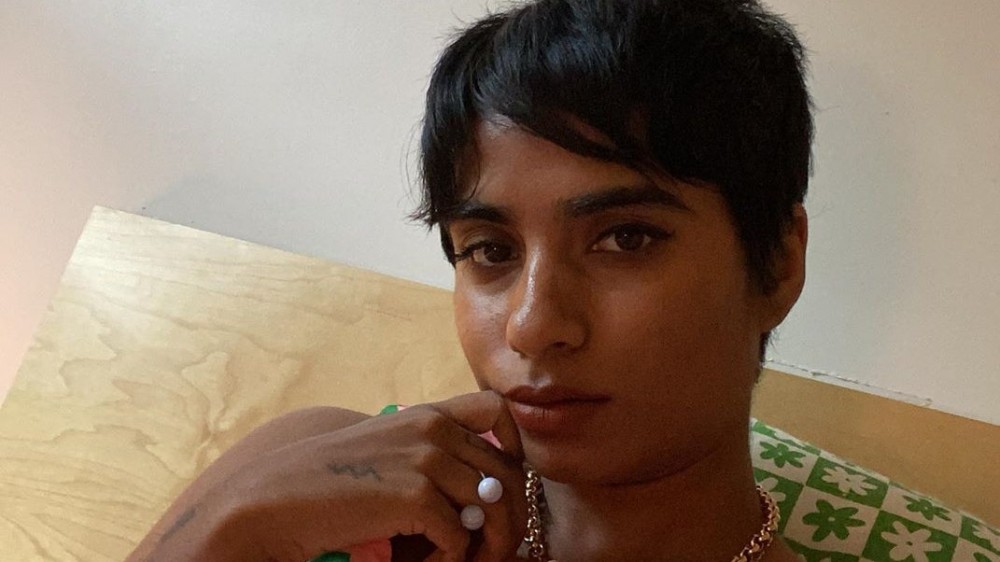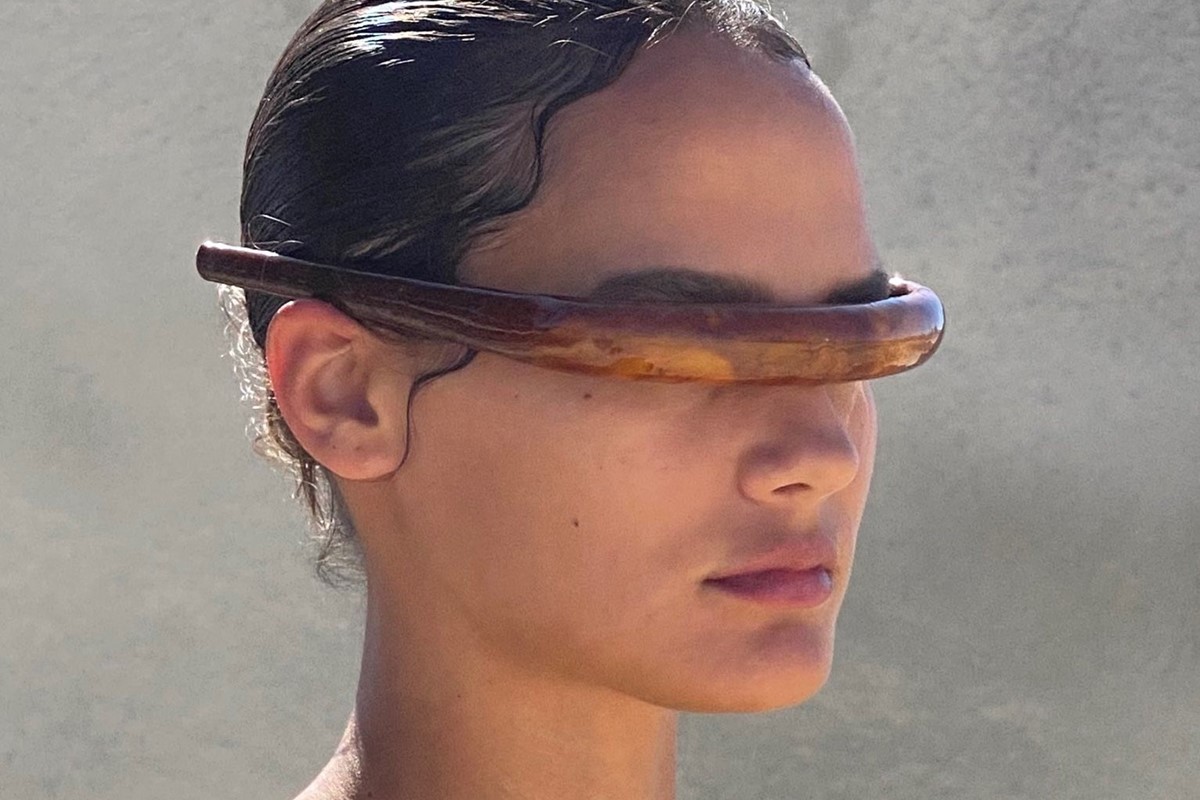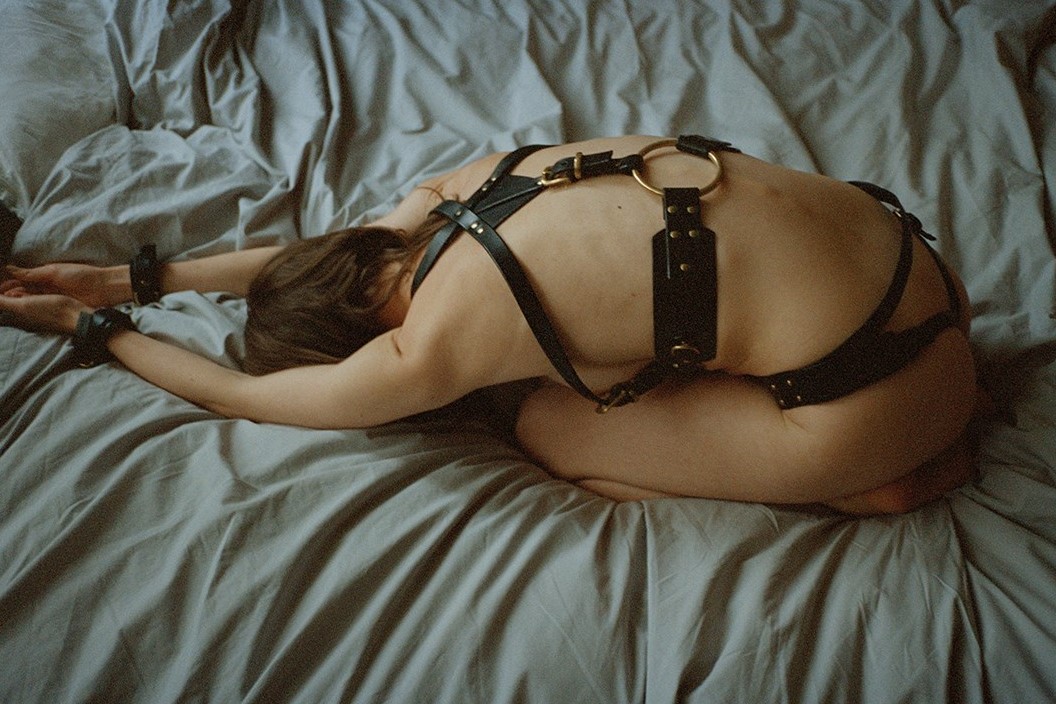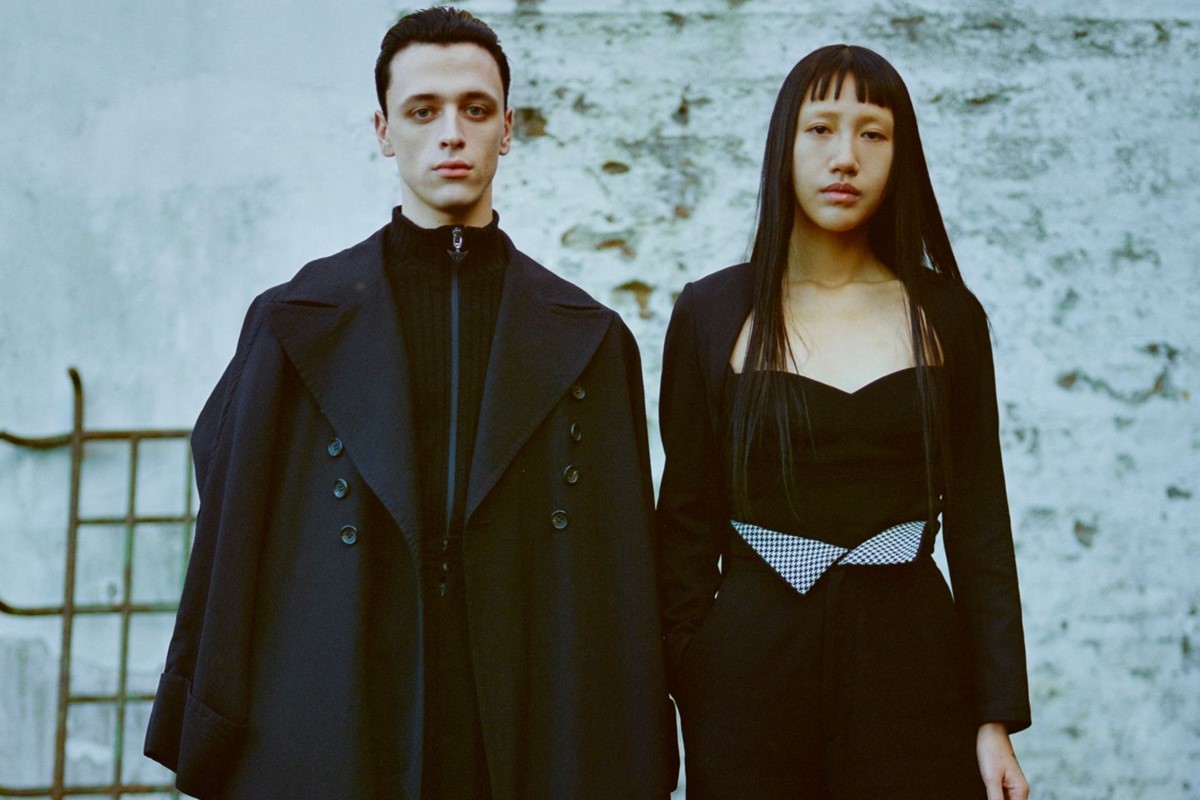
How Getting Dressed Is Helping My Mental Health
Do you remember the first time you took a selfie?
My own was for my Myspace in 2014, in my bedroom in the suburbs of Sydney, pixelated and pouty. Tastefully blurry in my own salvaged and repurposed clothes, I wore the hand-me-downs of old fabrics I found in my mother’s closet. It was around the same time I learned that, by using the internet as my personal archive, I could construct a clearer vision of who I wanted to be. A profound currency to have as a teenager.
Taking lead from films like Lost in Translation and Amélie, actors and it-girls Sienna Miller, Zoë Kravitz, and Chlöe Sevigny, I began to carve out my own image. Pretty, thin girls with exceptional style and presence became my guide. Possessed with the desire to experiment, I wore cowboy boots with floral dresses, mis-matched prints with Issey Miyake, a Victorian lace dress with zebra printed pants—everything was thrifted from old school Australian “op shops” like St. Vincents De Paul. I took selfies to document these experiments, and if I didn’t post the photos on Myspace, I catalogued them into a folder I called “Lookz” as a place to archive in secret.
I had a tenuous relationship to my own body, because I didn’t have the “ideal body type,” and lacked thinness and whiteness, which I assumed were necessary. What could I offer when women are primed to believe that beauty is a high offering? So, in constructing my aesthetic, I felt free to become who I knew myself to be, someone who could be remarkable and exciting. If I couldn’t like everything about myself, at least I could admire my own composition—the way you admire a painting—and feel relief.
Meanwhile, I was being abused at home by my bipolar and borderline mother, living under the terror of her control on all aspects of my life. I wasn’t allowed outside the bounds of my home unless I was at work or school, and this lack of freedom suffocated me. My frustration with my own emotions bordered on maniacal, and the lack of normalcy or comfort at home isolated me further. This unseeded rage turned into a cutting problem and added another layer of hatred toward myself. I was using my own body as an instrument to misplace aggression. I lost years of my life, as I hoped for impossible circumstances. One where I wasn’t abused, where I was allowed to live freely, happily. One where I was pretty, where I was loved.
This joy I gained from playing with my clothes is one of the things that saved me back then. A few weeks into the pandemic, when I was feeling unhinged, lost, incapable of seeing my dimensions due to the solitude of living alone in my apartment in New York, I thought of these Myspace days. Once again, I was confined, with no control. So, I decided I wanted to learn how to play again. Maybe because I was grieving all the things associated with the pandemic, I longed to see myself on camera looking sexy, empowered, self-possessed, and in control of my own image. A selfie is a mighty way to face yourself, to take your image in. For those of us who weren’t validated by families or society, because of abuse, or patriarchal notions that want to limit femininity and force you into hiding, the online space becomes a place where you curate who you are, becoming a museum to yourself.
So I began by taking photos of myself in Lonely lingerie in the early stages of lockdown, the first time I had ever done so seriously. Angling my body, I plumped my lips for myself into my camera, wanting to be seen through the safety of the screen. I took out clothes I hadn’t worn for months, years, and repurposed them again, combining them with jewels from Mondo Mondo or my cerulean blue Fenty eyeliner. I wore tight, low-cut things I initially felt too embarrassed to wear in public. Finally, I was able to excavate a boldness inside of me, one desperately wanting to be nurtured. I never posted them however, they were just for me.
A few years ago when I interviewed artist Shirin Neshat, she told me her eyeliner was her armor. That moved me. For me, this is as simple as my almost forty tattoos that line my body, and the hair I cut at my own will. The choice of my clothes becomes another armor: the mis-matched prints, the bright colors, maybe even a form-fitting dress now. Modern battlegear is whatever speaks for you. Fashion can be radical. The ways we are expanding to create space to question gender, or honor transness, colorism, Muslimness, fatness, and disability, is another way to speak to a radicality that fashion can serve.
Learning about oneself is a never-ending journey, but it can be a telling one. Through my fashion, I remember I’m a renegade. What you like, and knowing yourself in that intimate way, can help revive you, can make you feel seen. I like looking like I have something to say through the statement of my fashion choices. For some of us, the act of putting out a selfie is loaded—trauma and cultural narratives have a way of haunting you—but the more I bring awareness to that self I see through the screen, the more I fill in the years I was lost. The years as a child when I didn’t have a choice over anything, especially the life I wanted to live. I’m dressing up for her. I’m showing her that she exists. I’m reminding her that everything will be OK.



